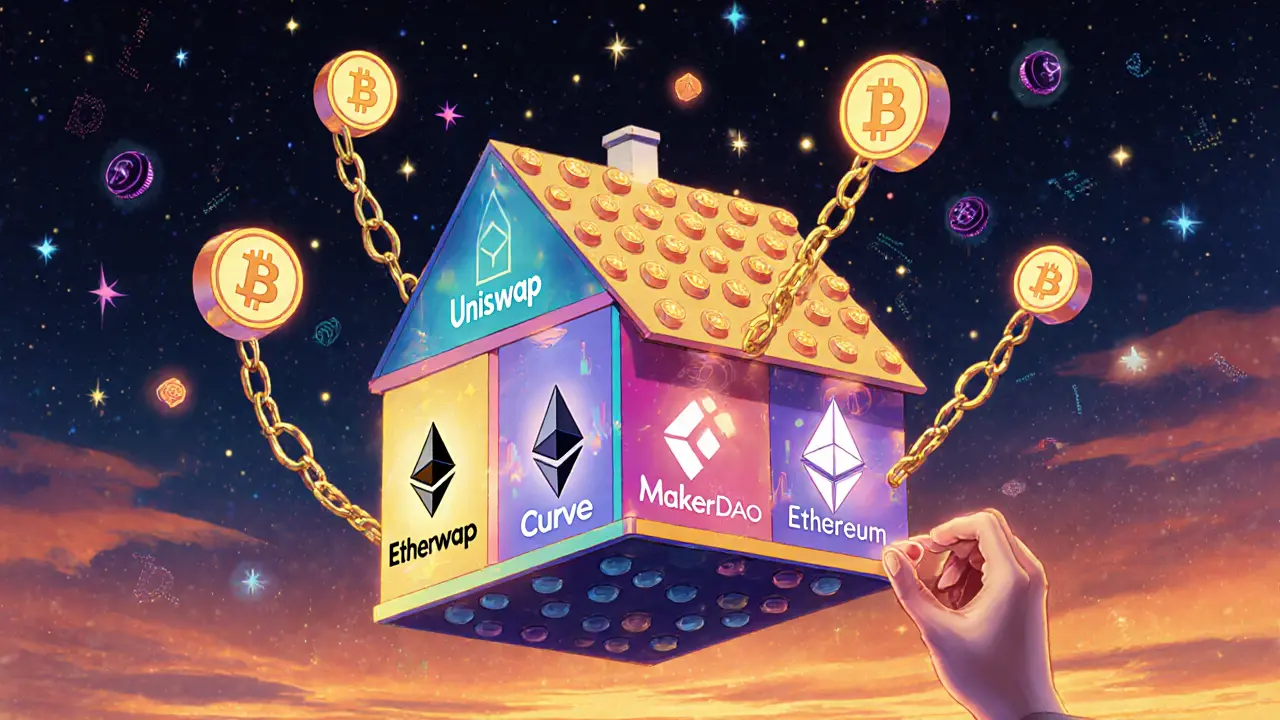Composability in DeFi: How Blockchain Building Blocks Create Powerful Finance Systems
When we talk about composability in DeFi, the ability for decentralized finance protocols to connect and interact like modular software components. Also known as financial lego, it means one DeFi app can plug into another without needing permission—from lending platforms feeding liquidity to automated yield aggregators, or collateral from one protocol being used to borrow in another. This isn’t theory—it’s what makes DeFi faster, cheaper, and more flexible than traditional finance.
Think of smart contracts, self-executing code on blockchains that run exactly as programmed as the building blocks. Aave lets you lend ETH, Compound lets you borrow it, and Yearn Finance automatically moves your funds between them to chase the best rates. All three talk to each other through open APIs and shared standards like ERC-20. That’s composability. It’s why you can stake tokens in one place, use them as collateral in another, and earn yield in a third—all in a single transaction. No banks. No paperwork. Just code.
interoperability, how different blockchains and protocols communicate and share data takes this further. When a DeFi app on Ethereum can interact with a token from Polygon or Solana, the system becomes even more powerful. That’s why projects like Kyo Finance V2 and MM Finance on Polygon are designed to plug into larger ecosystems—they don’t build everything from scratch. They reuse what already works. This is also why scams like Axioma Token (AXT) or MMF stand out: they claim to offer DeFi services but don’t connect to anything real. True composability means transparency, reuse, and open access—not locked-in systems.
What you’ll find in the posts below are real examples of how composability shapes DeFi—from lending models that auto-adjust rates based on demand, to exchanges that bundle trades across protocols to save you gas. Some posts show you how to spot fake DeFi apps that pretend to be modular but are just isolated scams. Others break down how platforms like Aave and Compound actually talk to each other behind the scenes. You’ll see how users stack yields, hedge risks, and automate strategies—all because these systems were built to work together. This isn’t just tech jargon. It’s how everyday crypto users get better returns, lower fees, and more control.

